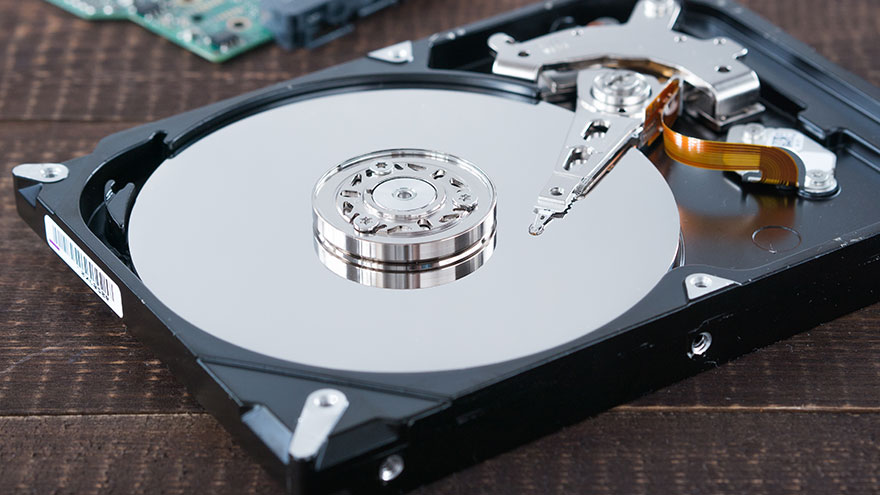Physical HDD Failure Recovery
Abroken hard drive is a terrible inconvenience, more so if the problem is physical. Logical failures, which occur when the file system on the drive itself becomes broken, are much easier to fix and are less costly.
Unfortunately, physical damage to a drive is typically caused by the head misaligning and not reading from the platter that holds your data. There are a couple ways to retrieve files, but at that point your drive is likely dead for good.

Signs of a Broken Drive
The very first sign that your drive is starting to go bad is the clicking. If your drive is clicking at random intervals during use, or while trying to access certain data, then there’s a good chance that your mechanics are going bad.
This would be a good time to back up your data. If there’s any physical damage on the outside of the drive, that’s a good indicator that the innards are out of balance. Suddenly encountering corrupt files or severe slow downs while using your system is also a sign of impending hard drive failure.
Testing Your Drive
Before kissing your data goodbye remove the drive from your computer — turned off and unplugged of course — and test it on another computer.
You can do this by installing it inside a desktop computer, or purchasing a data cable that allows you to connect the drive via USB. If you can access your data on another computer, the issue is likely not physical but logical, or an issue with other components inside your computer. Take this time to back up your data. Usually this means reinstalling your operating system.
Quick Fixes
Don’t be mistaken — once you’ve got the telltale click accompanied by hard drive malfunction, you’re living on borrowed time. If your drive is still booting, back up as much of your data as possible. If your drive isn’t booting at all, a common quick fix is to freeze your drive. Freezing your drive can, in theory, cause the metal to tighten and move back into place temporarily. Remove the drive from your computer, place it in a moisture-proof container or zippered bag, and freeze it for at least 24 hours.
While this isn’t guaranteed to buy you more time, if it does you should spend that time backing up all your important files. Using the Linux distribution Knoppix as a Live CD to boot your computer and potentially access your hard drive, as it can occasionally access damaged drives. A common Internet-shared remedy is to smack the hard drive on the side while it’s running. The idea is to get the head back on track, but this is imprecise and unlikely to actually fix anything.
Professional Data Recovery
The last line of defense when you can’t get important data off your hard drive is to send it to a professional data recovery service. These services can be expensive but have a high success rate with retrieving otherwise lost data — though keep in mind that there are no guarantees.
You’ll likely need to send your hard drive away to be fixed. unless you have such a service locally. Companies that handle this kind of repair include DTI Data, Gillware Inc. and Data Doctors.
You Might Also Like :: ADF Lamp Failure

